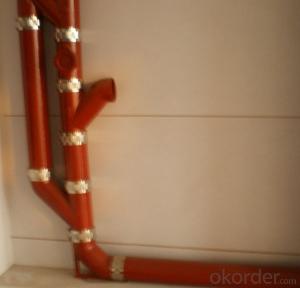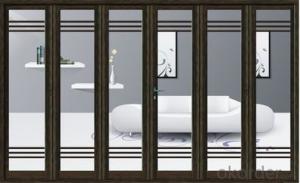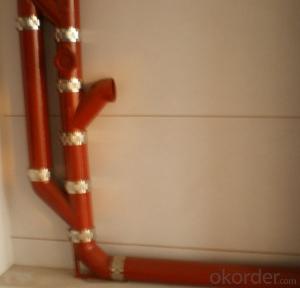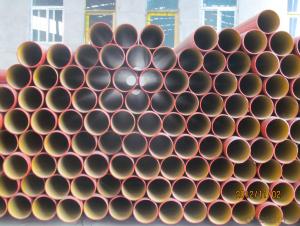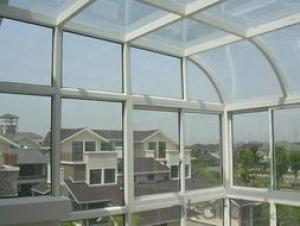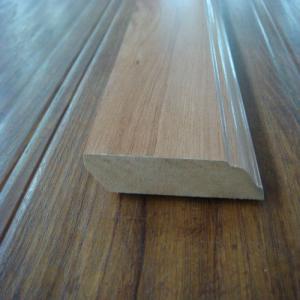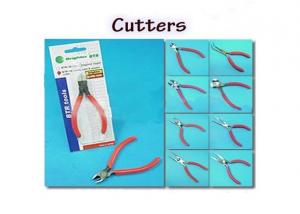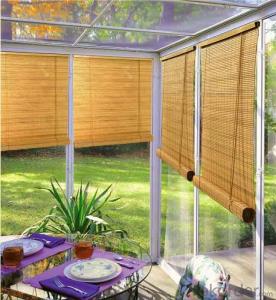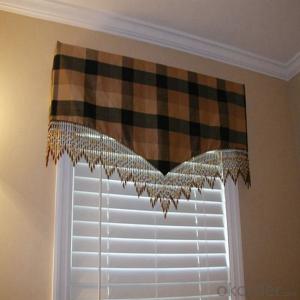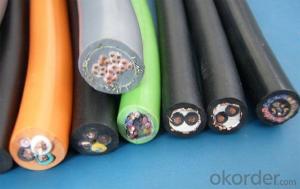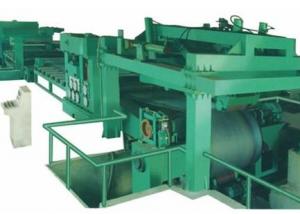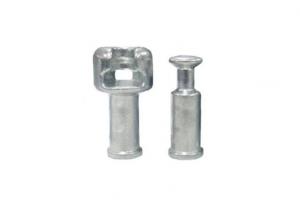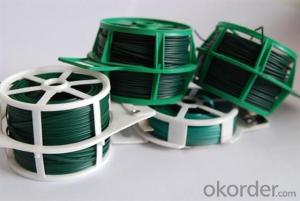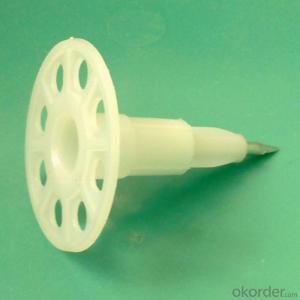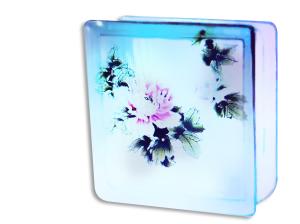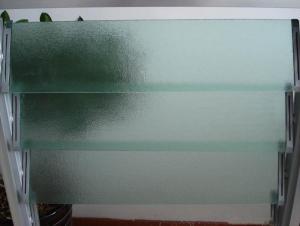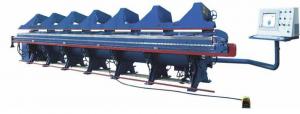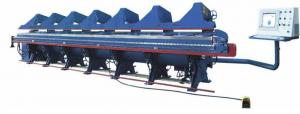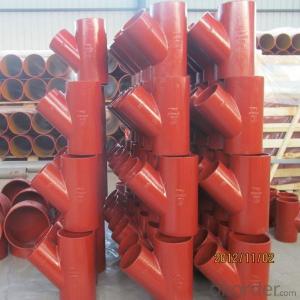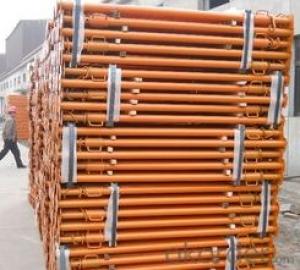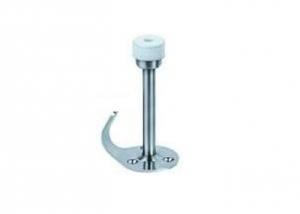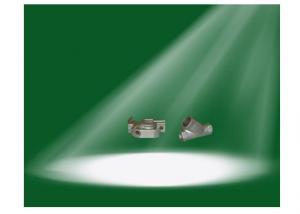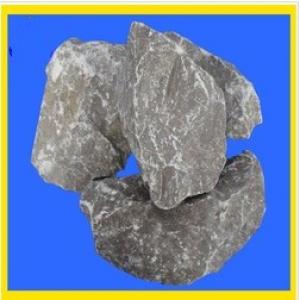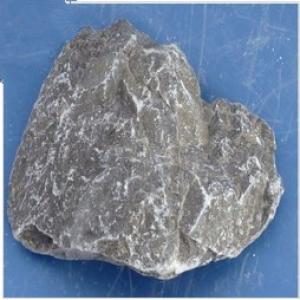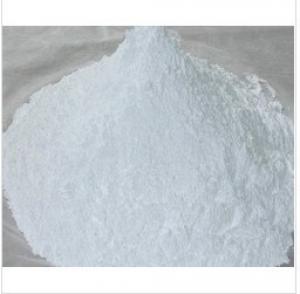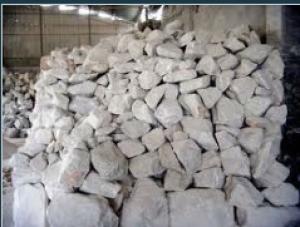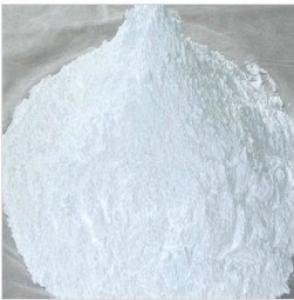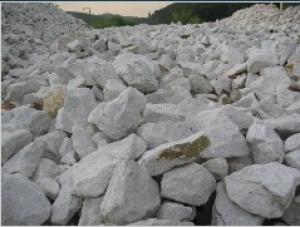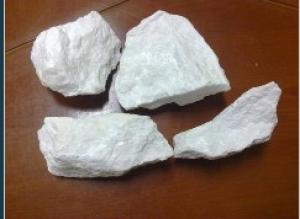Liners And Covers
Liners And Covers Related Searches
Lighting And Accessories Environmental Liners Containment Liners Yarns And Fibres Crane And Rigging Black Rims And Tires Dam Lining Car Rims And Tyres Sticky Lubricant Tinplate Lids Accessories For Lighting Scissor Parts Light Roofing Materials Cleaning Substances Leather Accessories Mirror Corner Protectors Structural Columns And Beams Sewing Yarn Antique Carpets Front Lighting Window Closers Soundproof Curtains Ice And Water Underlayment Tongue And Groove Ceiling Curtain Panels Wall Props Escalator And Elevator Network Switches And Routers Tinplate Printing Emulsion And Chopped GlassLiners And Covers Supplier & Manufacturer from China
Liners and Covers are essential products used in various industries to provide protection and enhance the functionality of different items. These products come in a wide range of materials, sizes, and designs to cater to diverse needs and applications. Liners and covers are commonly used in the automotive, construction, and packaging industries, among others, to safeguard items from damage, wear, and tear. They also play a crucial role in maintaining hygiene and preventing contamination in food and pharmaceutical sectors.In various application scenarios, liners and covers are employed to extend the lifespan of equipment, improve safety, and ensure the quality of products. For instance, in the automotive industry, they are used to protect vehicle interiors from scratches and dirt, while in construction, they are utilized to cover and shield materials from environmental factors. Liners and covers are also indispensable in the packaging industry, where they help maintain the freshness and integrity of packaged goods. By using liners and covers, businesses can reduce waste, save costs, and enhance their products' overall appeal.
Okorder.com is a reputable wholesale supplier of liners and covers, boasting a vast inventory of high-quality products. With a commitment to customer satisfaction, Okorder.com offers competitive prices and excellent service to cater to the needs of businesses worldwide. By partnering with Okorder.com, customers can access a diverse range of liners and covers that meet their specific requirements and ensure the optimal performance of their products and equipment.
Hot Products
